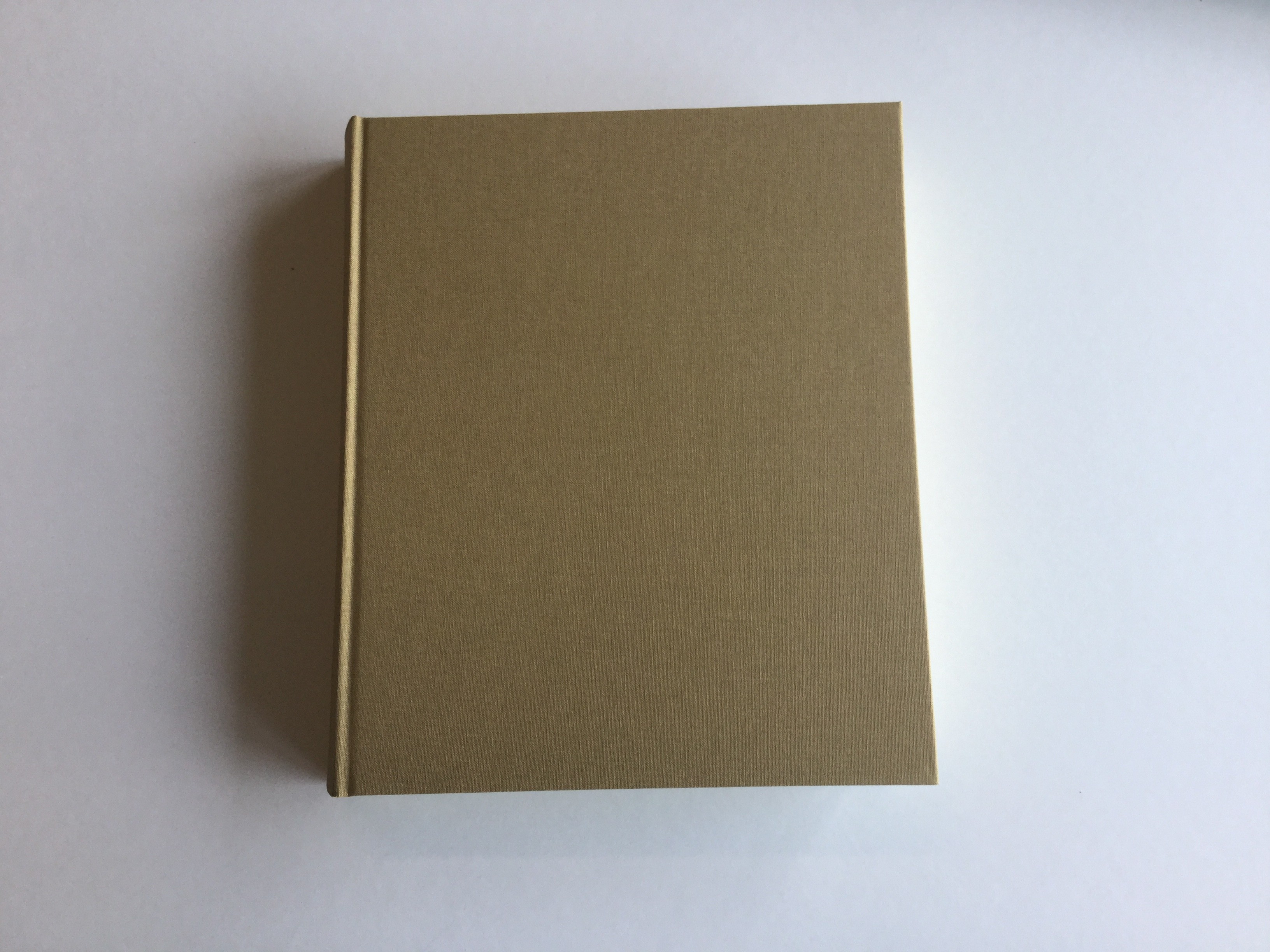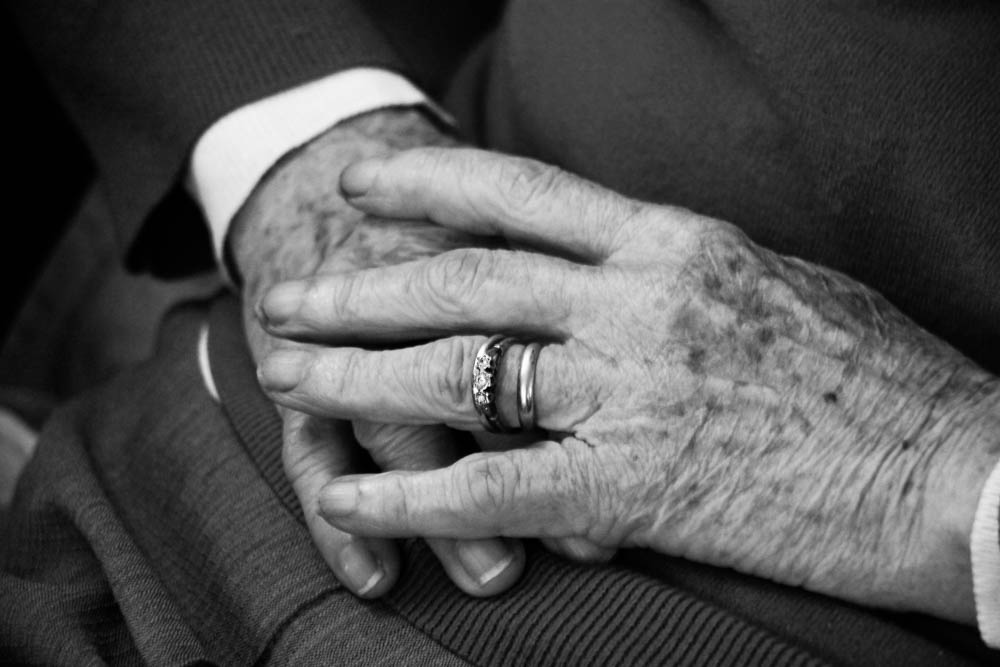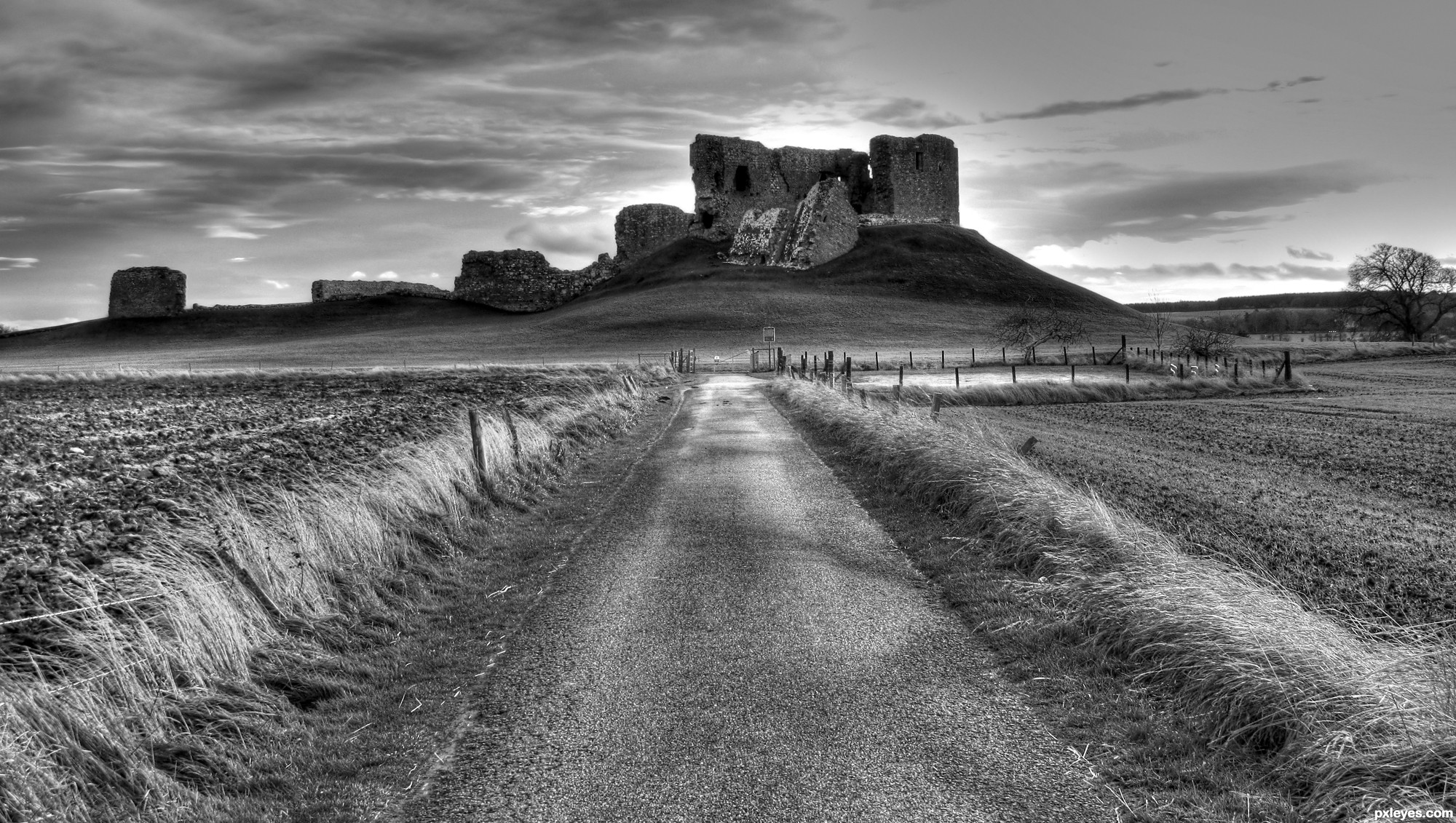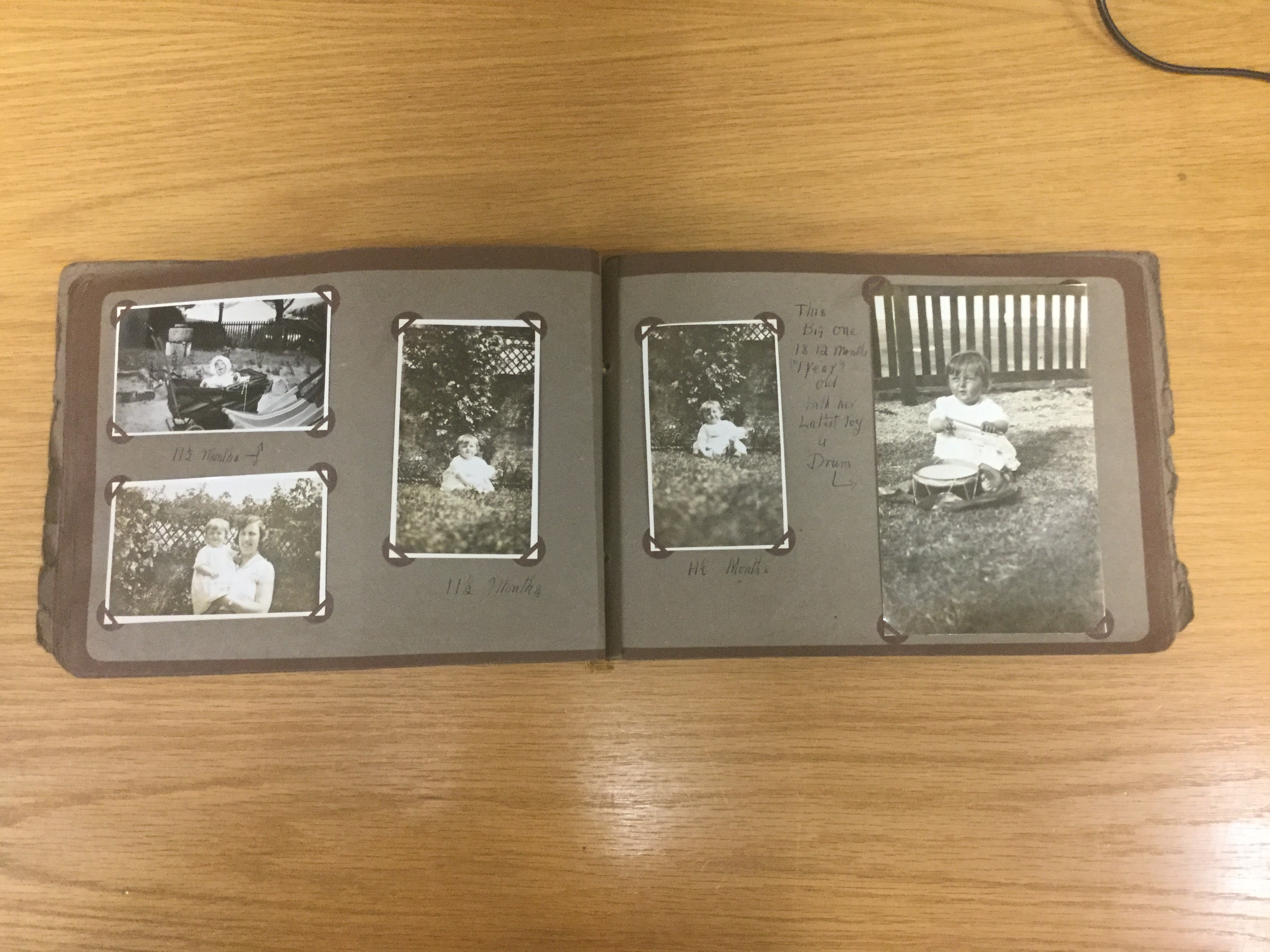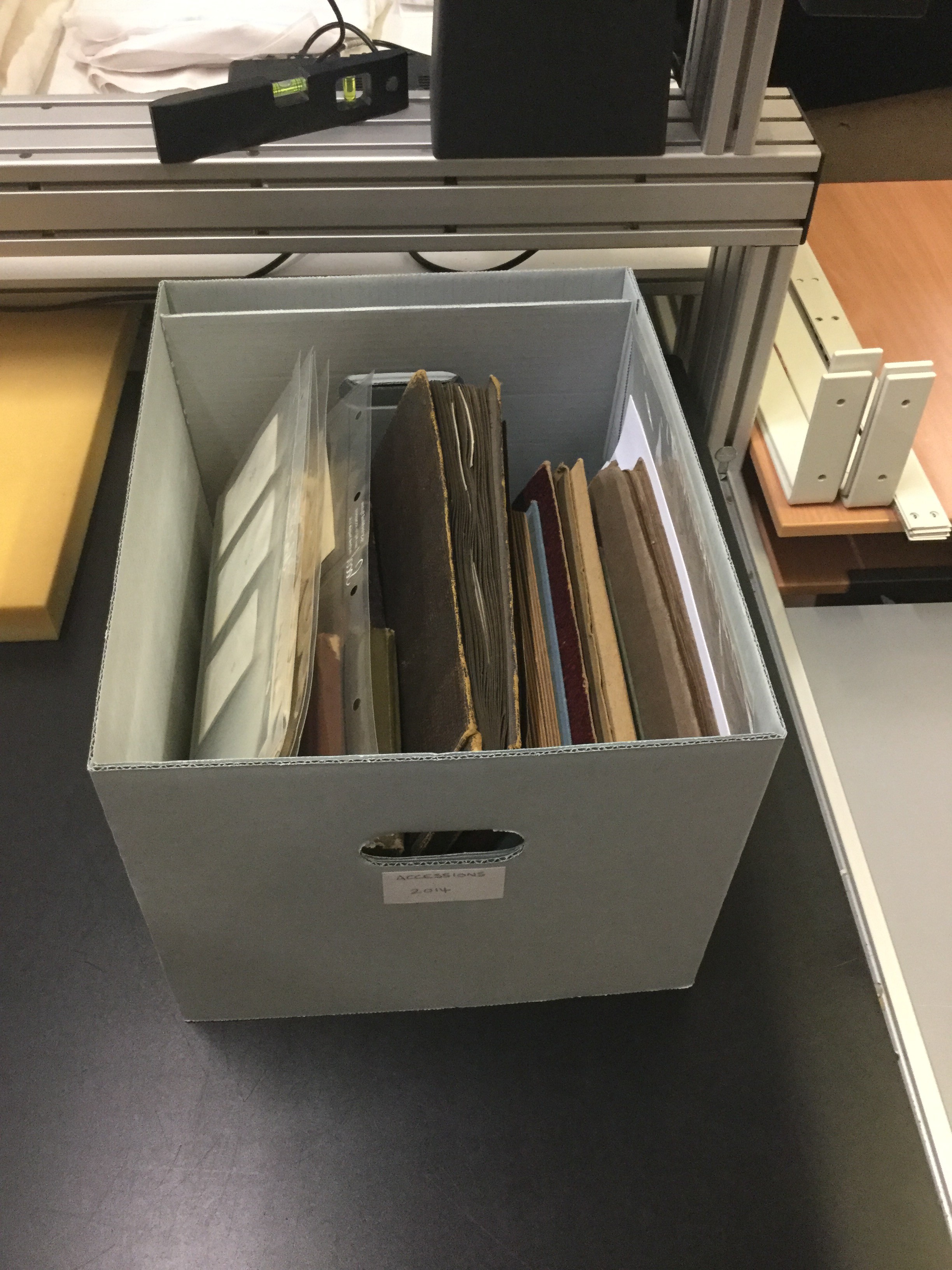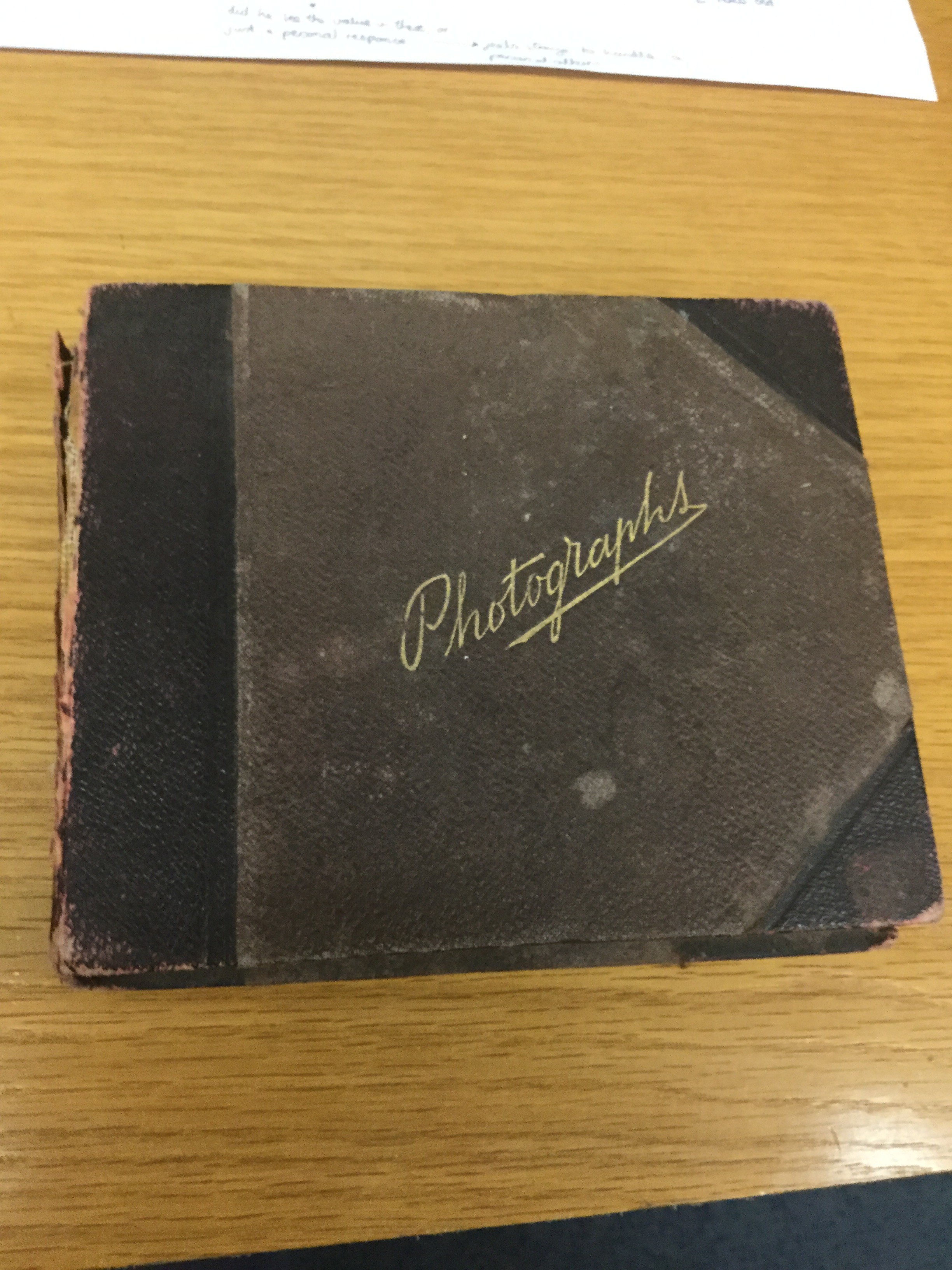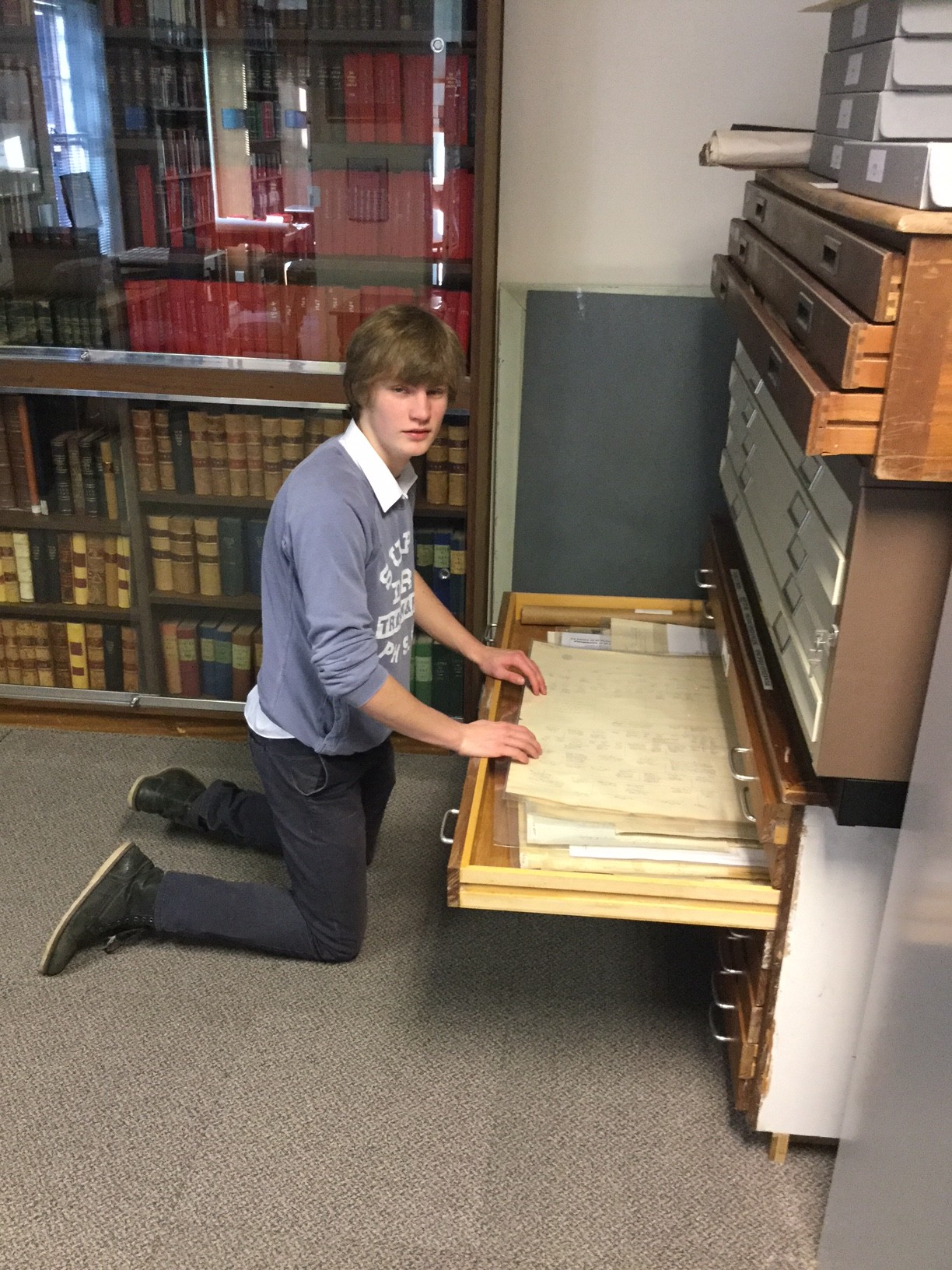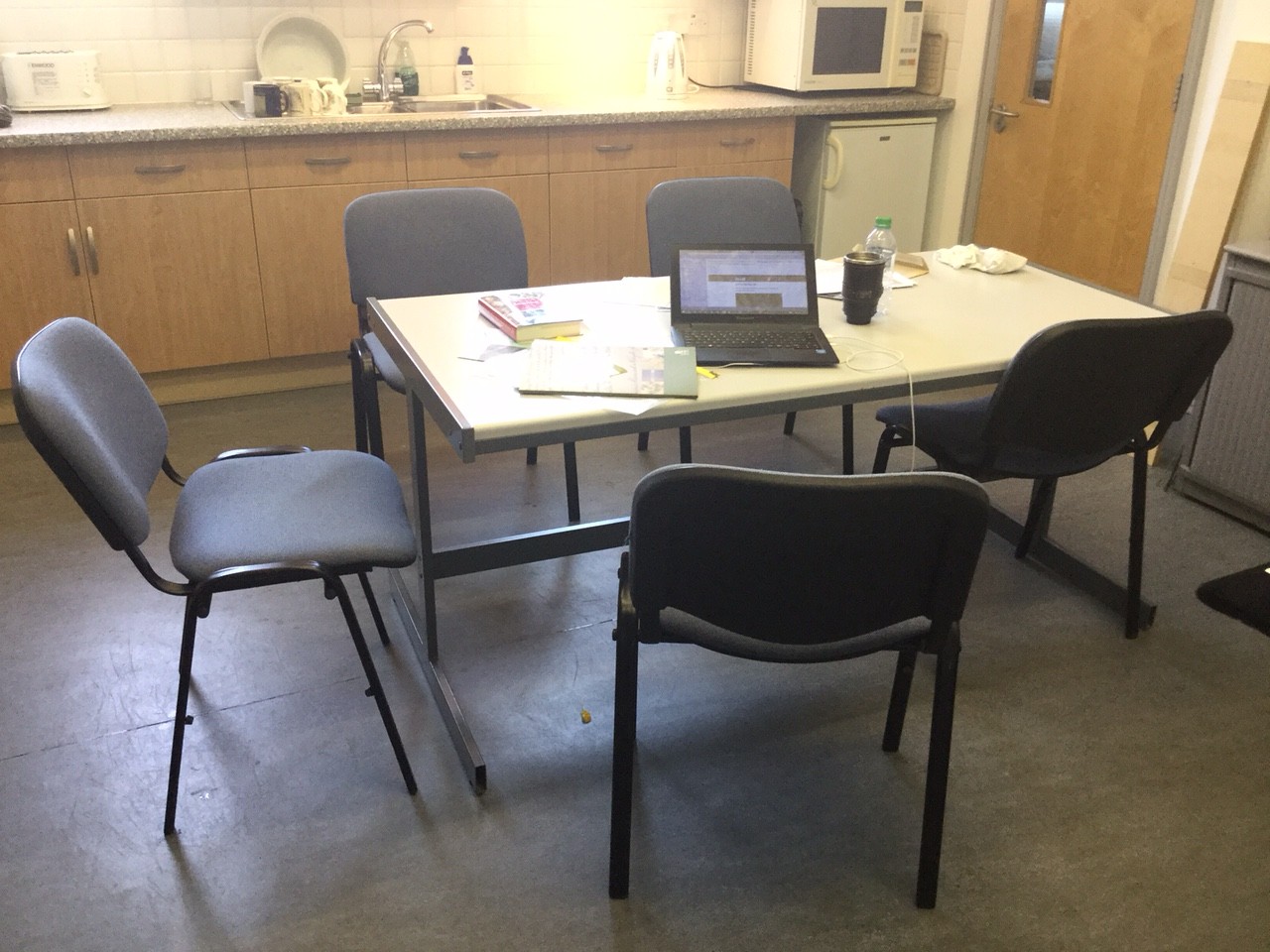Summary
The making process of my photo-book has been a challenging but enjoyable experience. The end product is that I have successfully designed a hand-made photo-book, printing off my photographs and placing them in a traditional photo-album I brought.
This process has required a large amount of work and effort. I will now evaluate the end result and refer to the stages and thought-processes behind this finished product.
Sequencing of my Photo-Book
The sequencing design I have gone for is based on slowly building up context to my story; starting off slowly and revealing more clues as I go along.
I have started off with a very simple front cover by keeping the original brown cover as it is; not adapting or changing anything. I have done this because I want to images to speak for themselves, and to establish a degree of subtly straight away.
To further this sense of intrigue I have placed my images in a cardboard folder, usually used for storing paper documents. This idea was influenced by a similar designed evoked by Martin Parr in ‘Life’s a Beach’ in which he placed his photo-book in a cardboard style folder. I like this feature because it adds a sense of playfulness to my book – it is interactive and emphasizes the photo-book as an object in itself, to be significant.
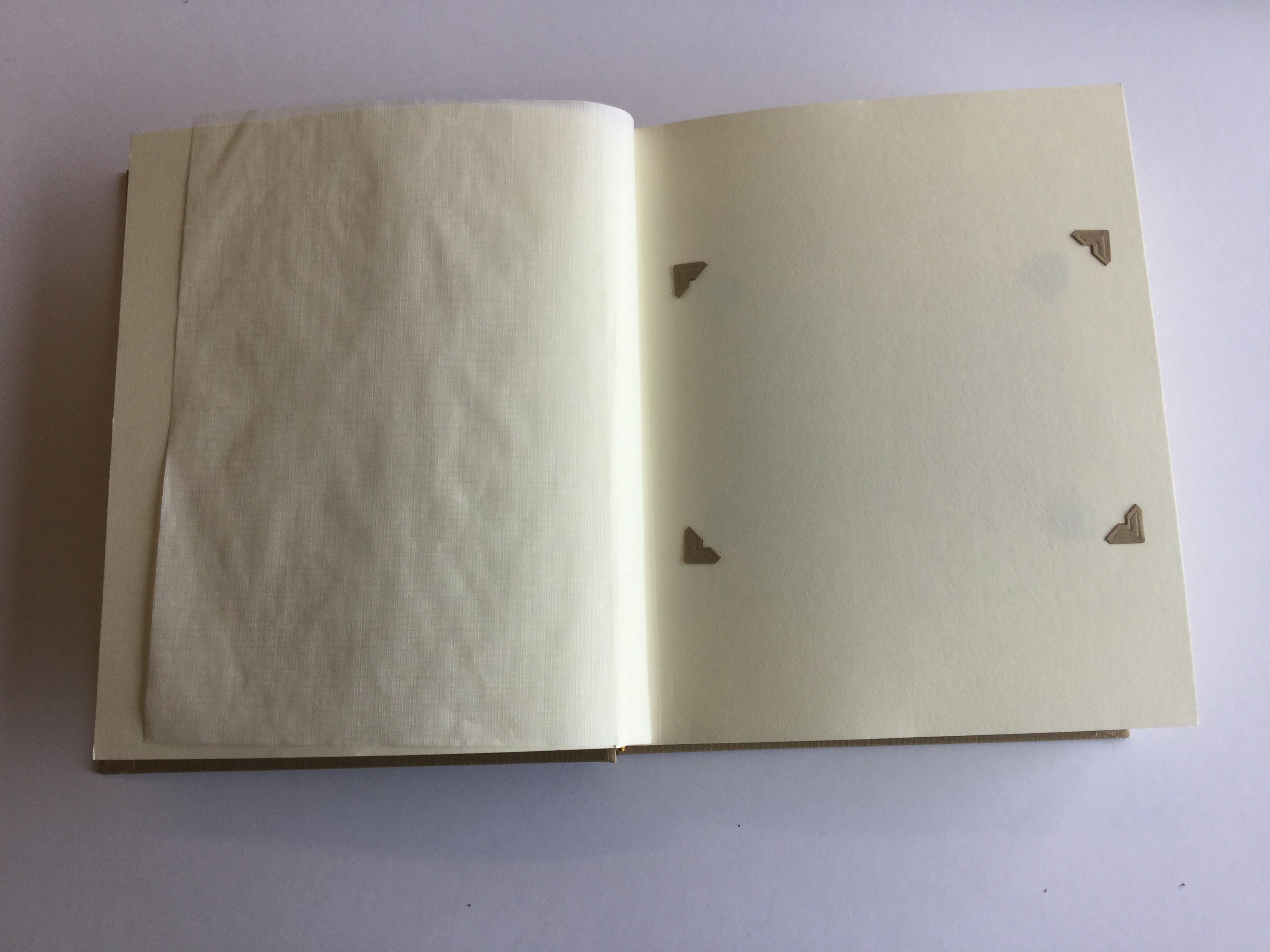
For the first part of my story I wanted to address immediately the theme of absence. To explore this idea in a subtle way I decided to put photo-corners into the first page of the story – which I have then taken out, leaving a page with photo-corners but with no photograph inside. My thought process behind such an idea is that the empty pages serve as a metaphor for the fact my Grandfather, who is the basis behind the story, cannot be photographed, and cannot therefore exist in any of my photographs. This sets up the idea therefore that the images within the book are somehow all connected to this absence, telling a story about something which isn’t there. Like Toropstov’s work therefore, mine is very much a journey of discovery.
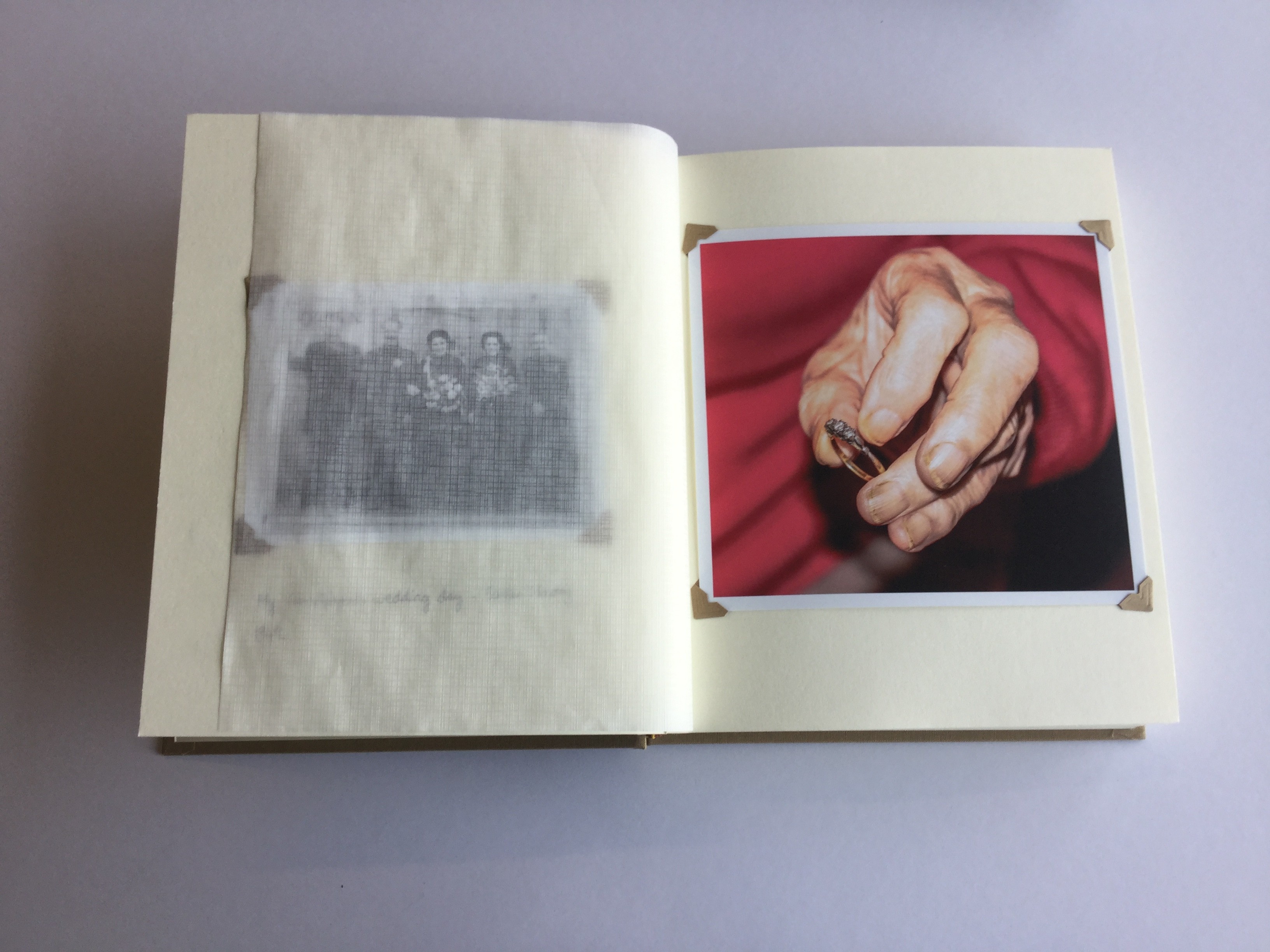
I did not mention at the start of my photo-book that my Grandfather was no longer alive, nor do I even suggest that the story is based on him. This is because it will make it easier to build-up a narrative slowly and overtime, without giving anything away. The first two images of the narrative start to suggest the story is based around my Grandparents; the left-hand image is a old archival image and I have included the caption “my Grandparents wedding day – 1949”. The right-hand image is a close-up of my Grandmother holding her wedding ring (which she wore when she was married to my Grandfather. The fact she is holding the ring does subtly imply the fact my Grandfather is no longer alive, a symbol of something which is no longer here; a object which connects to the past.
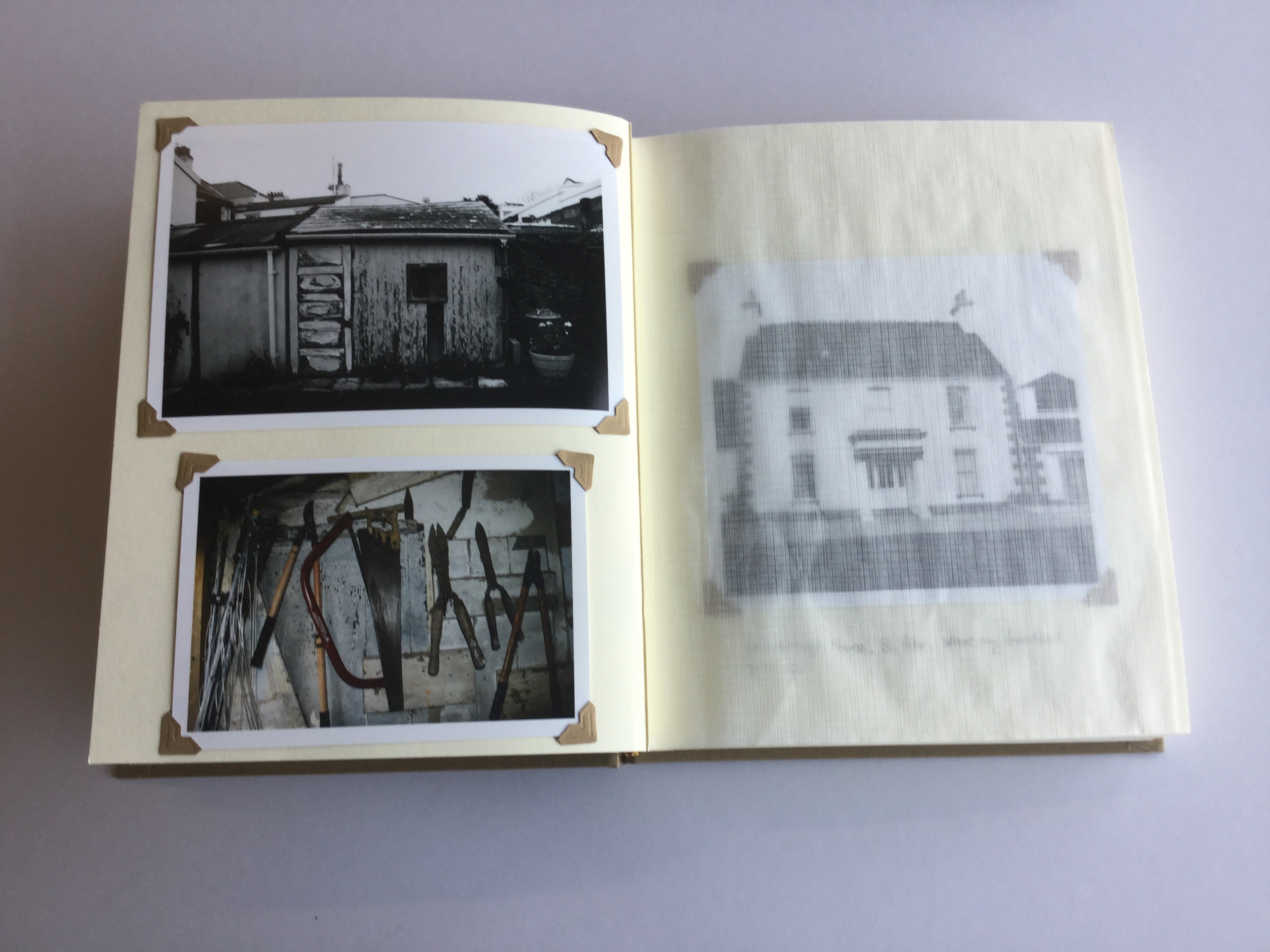
The fifth page of my story – consisting of two images on one page – relates to my Grandfather in a symbolic way. The images are of his shed in the back of my Grandma’s Garden, and the still-life is of the tools which he would have used. This use of symbolism is one of the main ways in which I have been able to replicate a sense of his presence. This use of symbolism extends the degree of intrigue behind the story because the viewer will not yet be able to fit. On the next page however, I have included the caption “Sommerleigh House, St. Peter. Where my Granddad grew up.”. This will invite the suggestion that there is a link between my Grandfather with page 5, and well as an implication of his presence throughout the entire story.
For the next couple of pages I continued this process of taking candid images reflecting my journey of discovery; photographing my Grandma, her garden and the gates to the graveyard where my Grandfather is buried. The light-switch is a key point in breaking up the narrative, as immediately on the following page, I have jumped away from the present time line and to some degree theme, by including an archival image of my Dad. This begins a smalls break in the narrative of two images,one of a watch and one taken of the moon late a night, the latter in particular reflecting not reality but instead a state of mind.
I would also consider these two pages as key images because they are very poetic images, designed to represent the the perspective of my Grandmother, photographing things that she would view going about her everyday activities. I have again connected my Granddad directly by including the caption, “Your Granddad served in WWII as a navigator for the RAF. He never spoke much about it”. This continues the viewers gradual introduction to my Granddad. On the following page a similar reflection can be shown, through an image of a Masai Mara statue and I have included a caption through which my Grandmother discusses her view of the time the family spent in Kenya. during the 1980s
To again break the flow in the narrative, I have included five landscape images of the scenery of St Ouens. These images don’t show anything in particular and are more-so metaphors for the journey I have taken. In a way I think they represent my state of mind and mood when making this photo-book. As they don’t really represent anything they therefore have quite a low intensity and thus provide a nice break before the ending of my narrative.
The penultimate image of the photo-book is one of my Grandparents in their Salvation Army uniform. My Granddad was nearing the end of his life by point and it is one of last photos ever taken of him. Even by this point I have not yet mentioned my Granddad is no longer alive, although his absence implies this. In this image I have included the caption “We planned to retire in 1986. Your Granddad wanted to visit his Brother Frank, in Australia”
On the next page/final image I wanted the image of both my Grandparents in their uniform on the last page to contrast directly with this one – emphasizing the fact he is no longer here. I feel that this image is an extremely powerful image because it emphasizes the fact my Grandmother is still part of the Salvation Army, but is now doing so alone. The simple caption explaining that my Granddad died in 1985 aged 63, finalizes the narrative and clarify his absence. I felt that relating this caption with the image of my Grandmother alone, emphasizes the reality of this situation.

